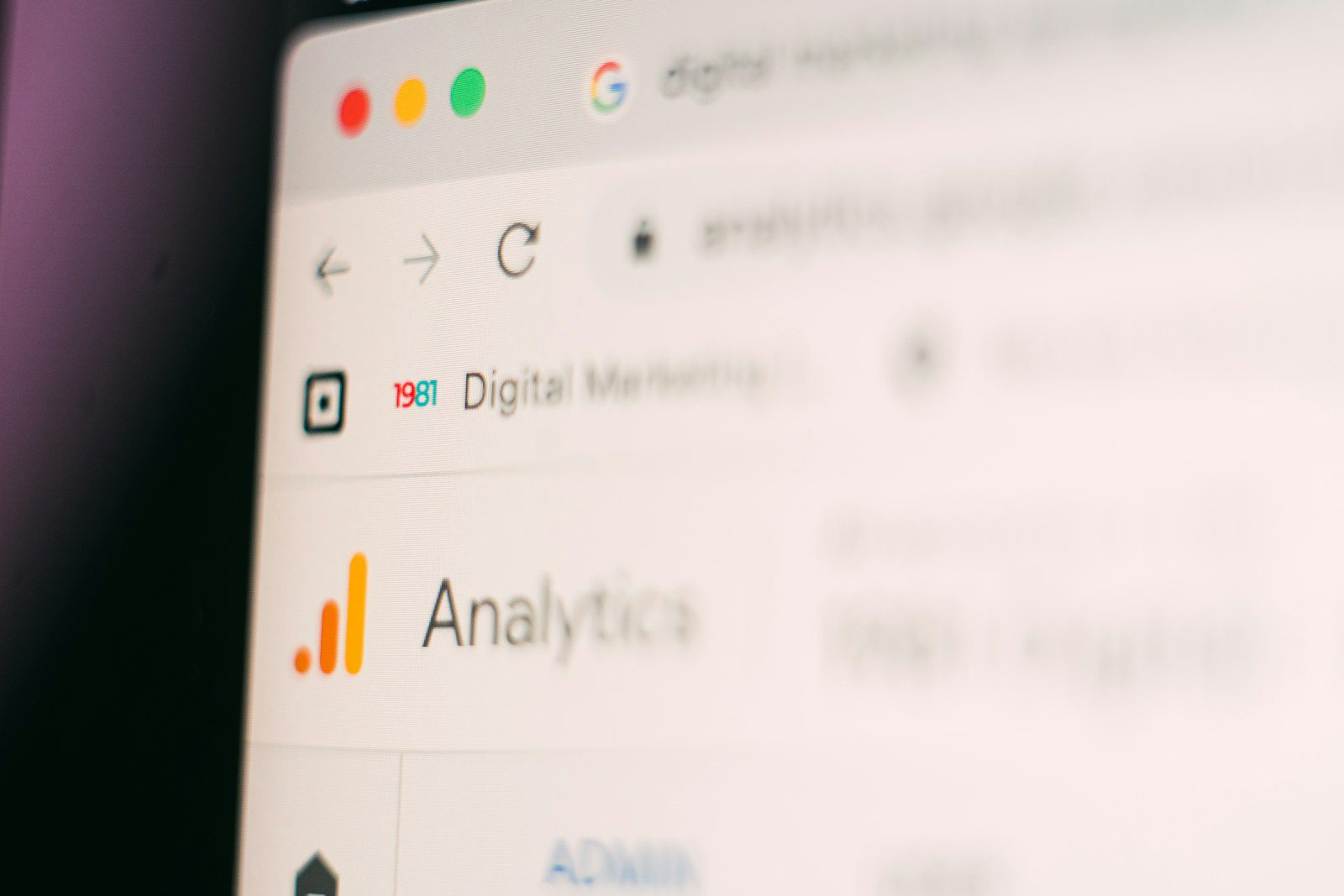
Voice search technology has rapidly evolved in recent years, transforming the way people interact with search engines. As voice-activated devices like smartphones, smart speakers, and virtual assistants become increasingly prevalent, businesses must adapt their digital marketing strategies to cater to this new trend.
Voice search queries differ significantly from traditional text-based searches. They tend to be longer, more conversational, and often include natural language phrases. This means that optimizing for voice search requires a different approach than traditional SEO.
To optimize for voice search, it’s essential to focus on natural language keywords. Instead of targeting single keywords, businesses should incorporate long-tail keywords and conversational phrases that users are likely to speak. For example, instead of targeting the keyword “pizza,” consider using a phrase like “best pizza near me.”
Another important factor is to optimize for local search. As voice search is often used for local searches, businesses should ensure their Google My Business listing is complete and accurate. This includes providing relevant information such as address, phone number, website, and hours of operation.
Additionally, businesses should create content that answers common questions. Voice search queries often revolve around questions, so providing informative and comprehensive content can help your website rank higher in voice search results.
Consider using schema markup to provide additional context to search engines. Schema markup helps search engines understand the content on your website, making it more likely to appear in voice search results.
By optimizing for voice search, businesses can tap into a growing market and increase their visibility online. As voice search technology continues to advance, it’s crucial for businesses to stay ahead of the curve and adapt their digital marketing strategies accordingly.








